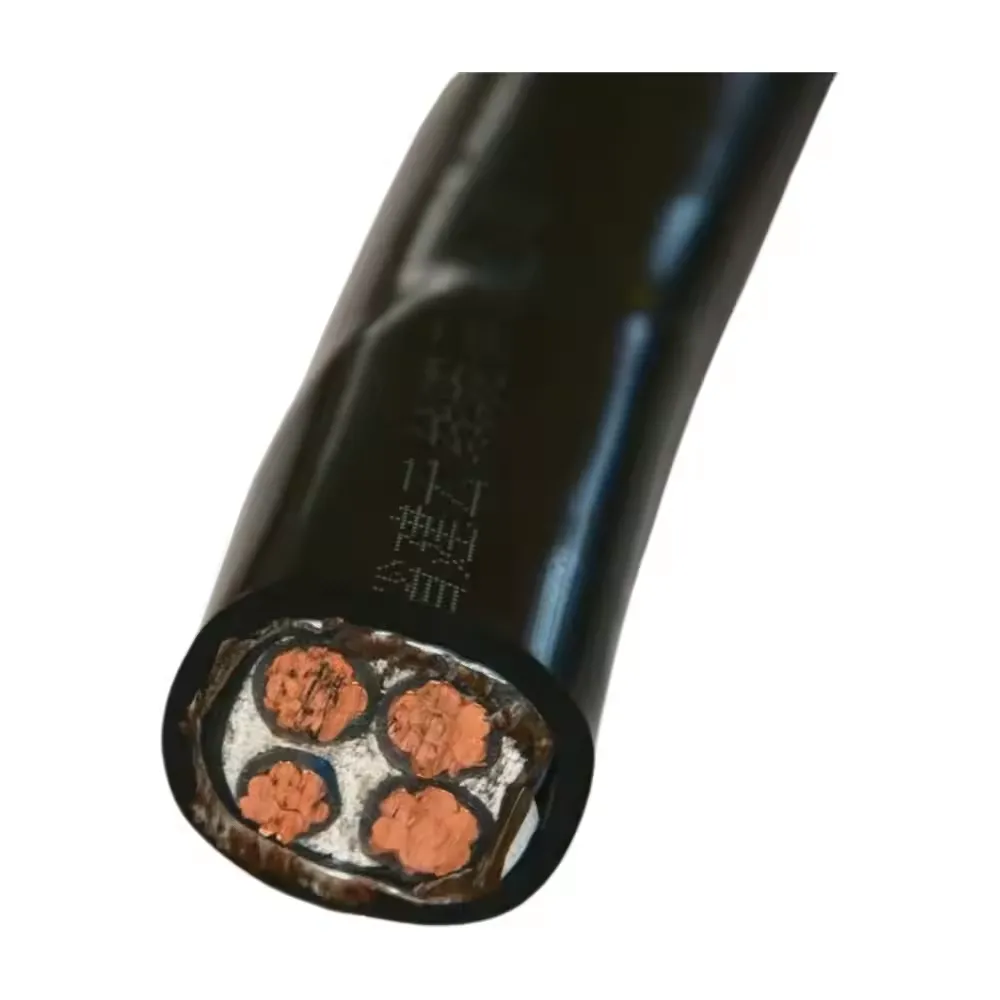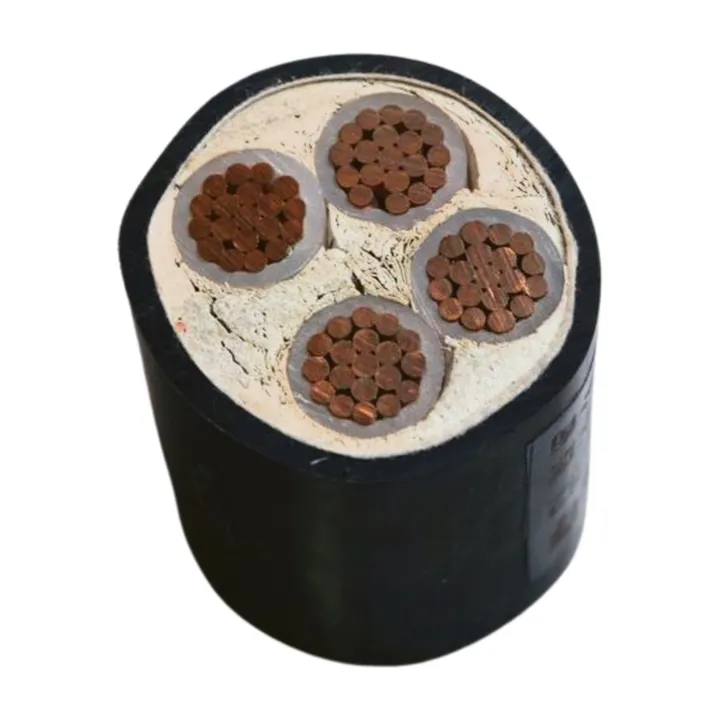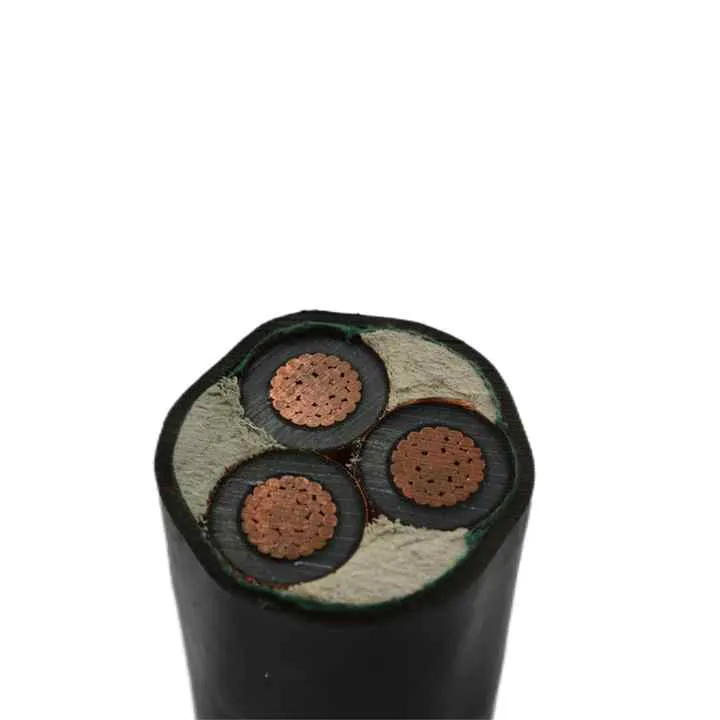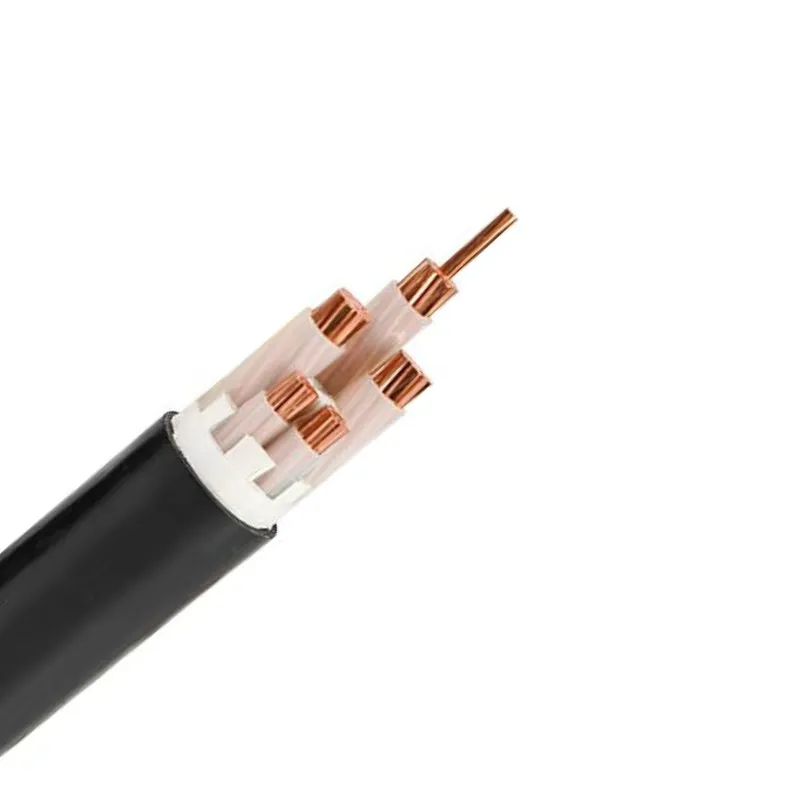Time: 2025-08-07 04:38:46 Source: Henan Province Jianyun Cable Co., Ltd.
The maximum operating temperature of power cables depends on the insulation material, conductor type, and applicable standards, such as IEC 60502 for low-voltage (LV) and medium-voltage (MV) cables. This guide provides a detailed explanation of the maximum operating temperatures for common power cable types, presented in a formal and structured manner.

The maximum operating temperature of a power cable refers to the highest continuous temperature the insulation and conductor can withstand without degrading performance, safety, or lifespan. This is specified for normal operation, with higher temperatures allowed for short-circuit conditions. The insulation material (e.g., XLPE, PVC, EPR) primarily determines this limit, while the conductor (copper or aluminum) and cable design (e.g., armoured, unarmoured) also influence performance.
The following are typical maximum operating temperatures for power cables, based on common insulation materials used in LV (0.6/1 kV) and MV (3.6/6 kV to 26/45 kV) applications, per standards like IEC 60502 and IEC 60227:
| Insulation Material | Normal Operating Temperature | Short-Circuit Temperature |
|---|---|---|
| XLPE | 90°C | 250°C |
| PVC | 70°C | 160°C |
| EPR | 90°C | 250°C |
| LSZH | 70–90°C | 160–250°C |
Several factors influence a cable’s ability to operate at its maximum temperature:
| Factor | Details |
|---|---|
| Conductor Material | Copper vs. aluminum affects heat dissipation |
| Cable Construction | Armoured cables may need derating |
| Ambient Conditions | Derate for >30°C (e.g., 0.91 at 40°C) |
| Installation Method | Conduits, bundling reduce heat dissipation |
Maximum operating temperatures are defined by standards to ensure safety and reliability:
| Standard/Test | Details |
|---|---|
| IEC 60502-1 | 90°C XLPE, 70°C PVC |
| IEC 60502-2 | MV temperature, insulation requirements |
| IEC 60332-1 | Flame-retardant properties |
| Testing | Thermal aging, insulation resistance |
When selecting cables based on maximum operating temperature:
| Consideration | Details |
|---|---|
| Application | XLPE/EPR for high temps, PVC for low |
| Current Capacity | Higher temp allows more current |
| Derating | Apply for high temps, bundling |
| Short-Circuit | Ensure fault current compatibility |
| Challenge | Solution |
|---|---|
| Overheating | Select conductor size, apply derating |
| Insulation Degradation | Use XLPE/EPR for >70°C, monitor conditions |
| Non-Compliance | Request test reports, verify IEC 60502 |
| Cost vs. Performance | Use PVC for low-demand, XLPE for critical |
The maximum operating temperature of power cables varies by insulation material: 90°C for XLPE and EPR, 70°C for PVC, and 70–90°C for LSZH, with short-circuit limits of 160–250°C. These temperatures, governed by standards like IEC 60502, ensure safe and reliable performance in LV and MV applications. By selecting the appropriate insulation, applying derating factors, and verifying compliance, users can optimize cable performance for power distribution, industrial, or renewable energy systems, achieving a lifespan of 25–30 years.

NA2XS(f)2Y 6/10KV 12/20KV 120 150 185 240 300MM2 Single Conductor Xlpe Insulated

Grounding Cable 3 Core 95mm2 150mm2 240mm2 Aluminum High Voltage Cable

5x35mm 5x25mm Low Voltage Power Cable With PVC Sheath Copper Conductor XLPE Insu

A medium voltage three core armoured power cable is designed for the reliable tr